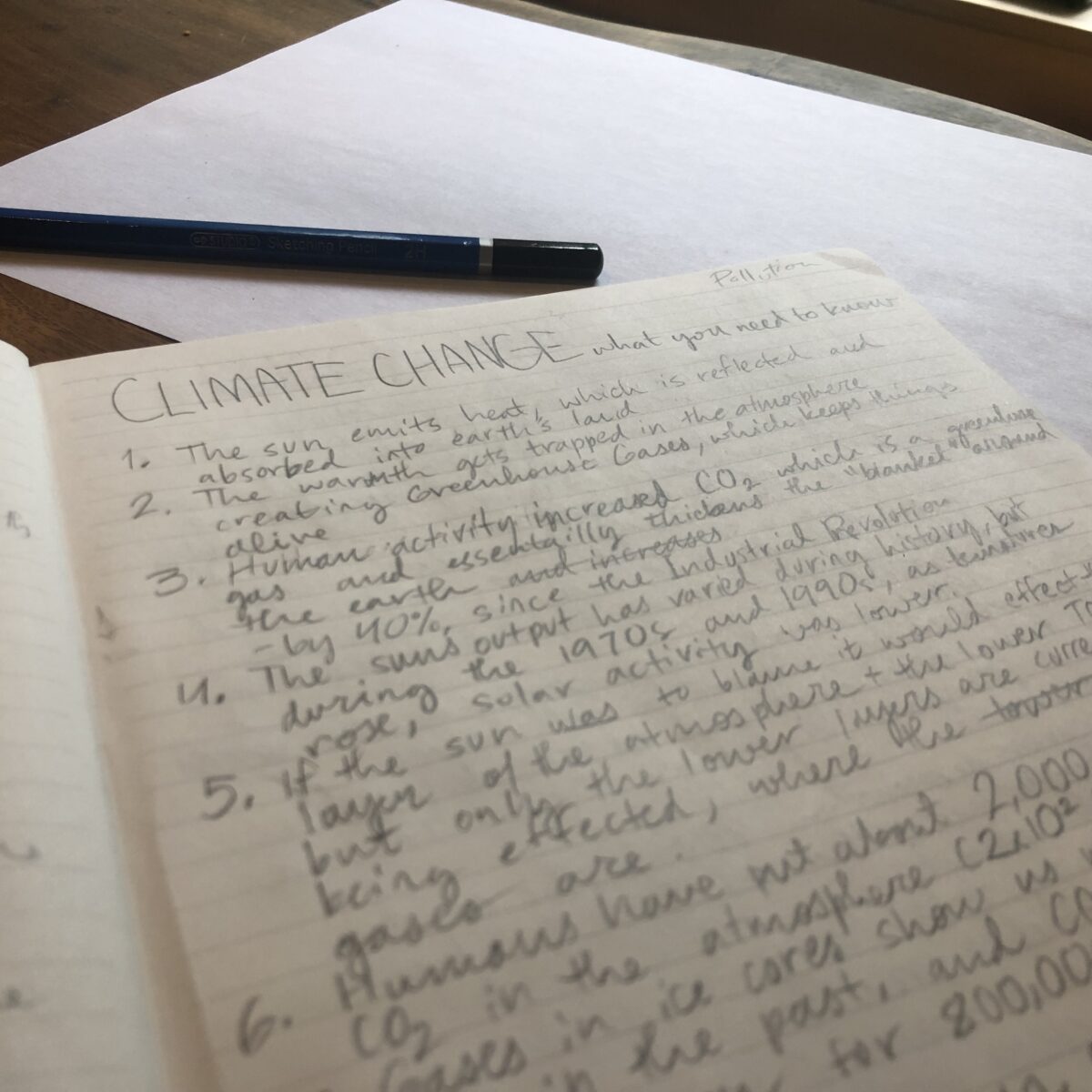Ready to start your journey of environmental education? Begin with this great video! Climate Science: […]
Writing About Climate Change | Part 1
You, Too, Can Write About Climate Change! During the pandemic, it has been frustrating that […]
On Thin Ice: Part 10
A web comic by Callisto Click here to read On Thin Ice: Part 9, Part […]
Picture This: Earth Day, Any Day
Happy Earth Daaaay! Hi! SolarBear here. Today’s post is going to be different then most […]
Books for Kids Who Love the Planet
Seekers by Erin Hunter Book Series Review by SolarBear The fantastical Seekers series by Erin […]
Endangered: Tigers
By Tigress The World’s Biggest Cats And why they’re so important to save! […]
Movie Review
Movies for kids who love the planet Wall-E The film Wall-E is not typical, in […]
Earthrise
EARTHRISE The Power of Perspective — By Callisto Over 50 years ago, the United States […]
Happy New Year
New Year’s Resolutions for the Earth What can YOU do for the earth this year? […]
